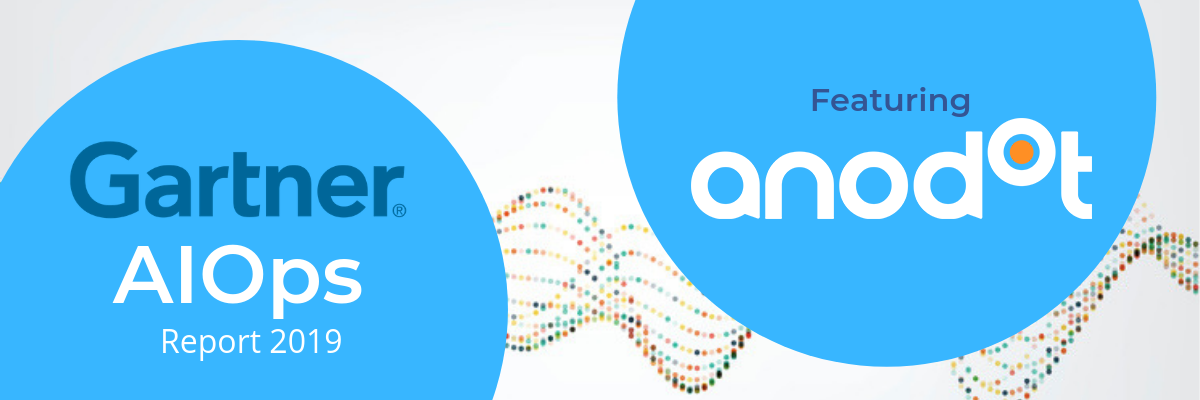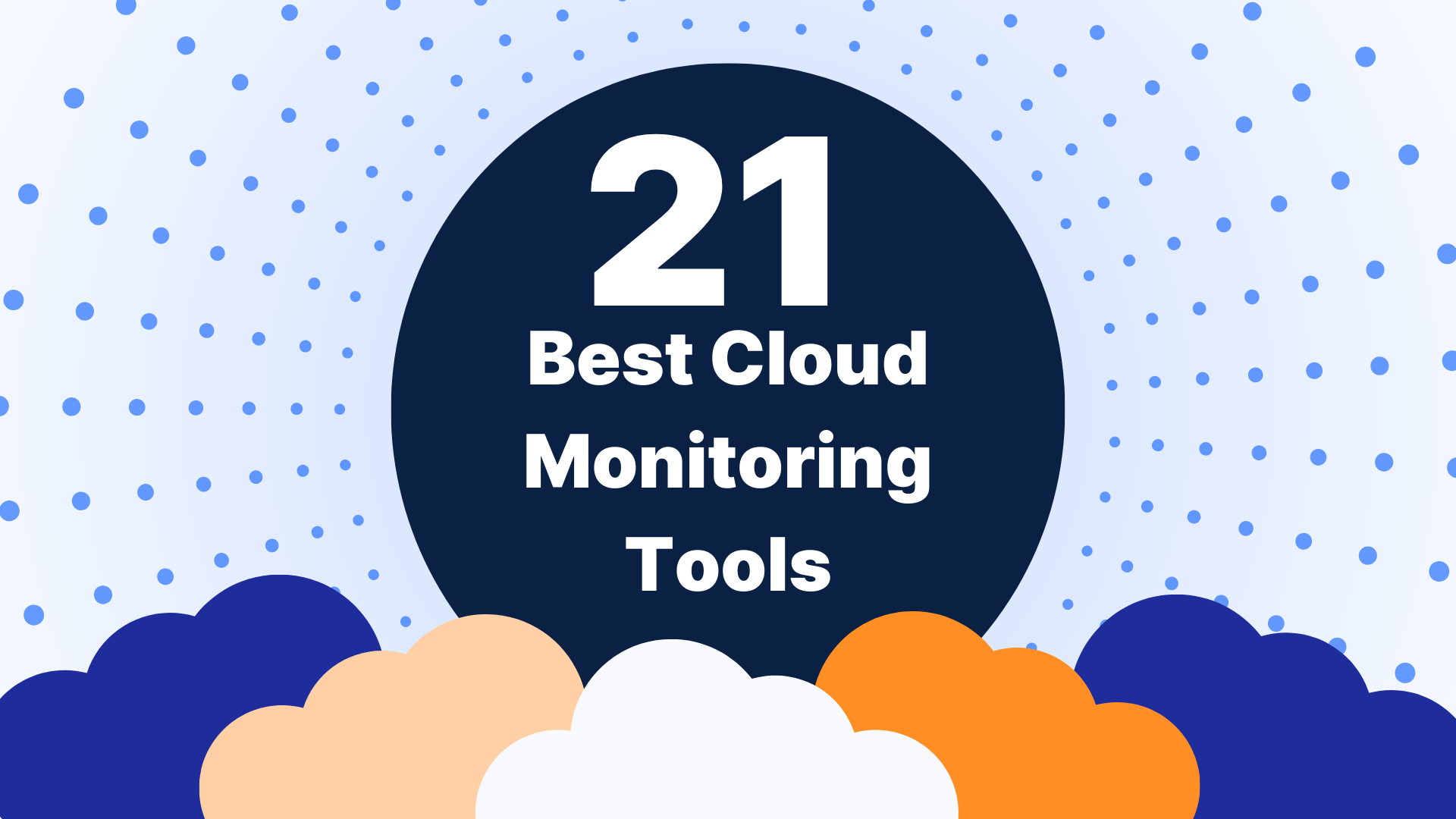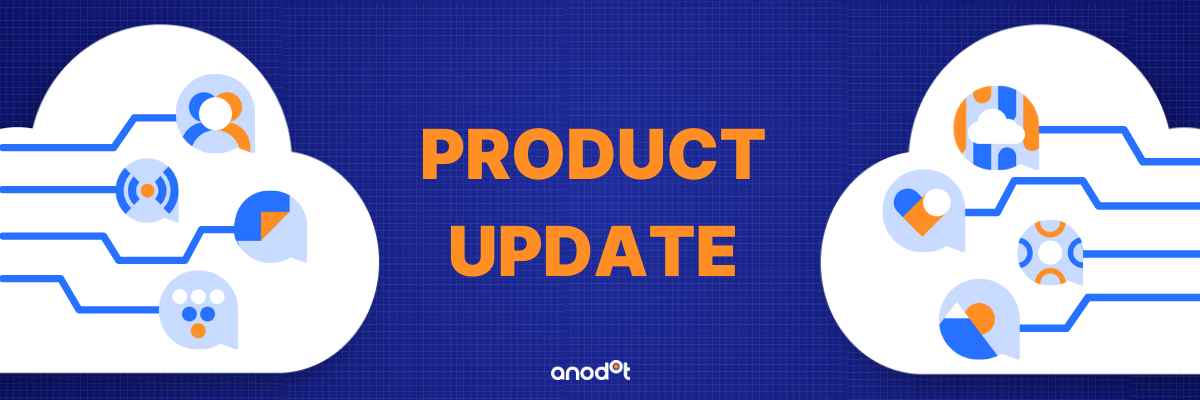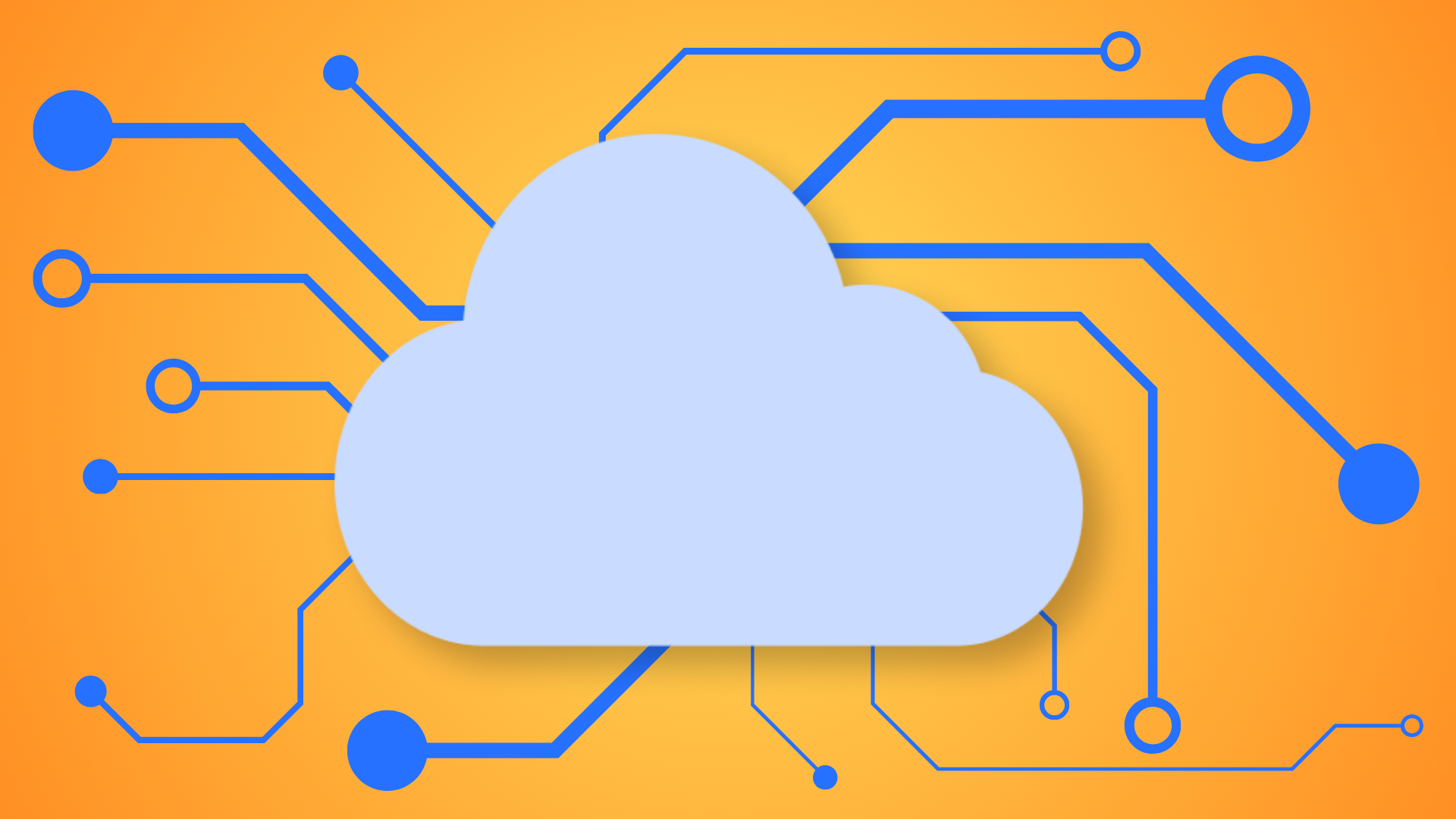A report by Gartner casts light into the world of AIOps, and the need for deploying it in organizations today. AIOps is a modern approach to DevOps which is based on recent AI technology. Gartner’s vision of the AIOps platform is one that enables continuous insights across IT operations management.
AIOps can be used to enhance a broad range of IT operations processes and tasks, such as automatic alerts, automatic remediation (auto healing), A/B testing and more. This is enabled by applying anomaly detection, correlations and performance analysis.
Gartner anticipates that over the next five years, wide-scope AIOps platforms will become the form-factor for the delivery of AIOps functionality. Their research also concluded that IT organizations have already started exploring AIOps in a DevOps context as part of the CI/CD cycle, to better predict potential problems prior to deployment as well as detect potential security issues that organizations often face.
Gartner clients have additionally demonstrated increasing interest in using AIOps functionality to improve engagement with incidents and problems – by applying big data and machine learning to trouble ticketing to analyze the effectiveness of service desks.
AIOps Trends Today
Machine learning and IT operations (Ops) have existed separately for years. What makes AIOps so innovative is that it brings together the practicality of IT operations and the data-driven insights from analytics. AIOps values being proactive over reactive, and focuses on implementing automation whenever possible for an IT operation task.
AIOps is becoming so entrenched in enterprises, in fact, that by 2025, revenues from ITOSM tools, which help IT operations teams monitor, detect and mitigate irregular and anomalous behavior on IT infrastructure and services, is expected to reach $35.98 billion. What’s even more alarming is that, according to Gartner, by 2022 a full 30 percent of IT organizations that fail to adopt AI will no longer be operationally viable.
Anodot Establishes Itself as an AIOps Leader
In their report, Gartner provided a list of vendors providing AIOps platform functionality – with Anodot being mentioned as one of those select providers. Gartner listed Anodot and others as having a broad range of capabilities that position them as being poised to continue to grow in this space. The vendors on the Gartner list were ones that have the key components of AIOps, but tend to have a restricted set of data sources; or vendors with existing monitoring solutions that limit data sources to their own monitoring products or extend to a limited partner ecosystem.
Anodot’s Autonomous Analytics platform provides the most comprehensive solution to AIOps, as it leverages machine learning techniques to constantly analyze and correlate every business parameter, providing real-time alerts, and lowering time to detection and resolution. The Anodot platform independently understands behavioral patterns within time series data, to identify anomalies and continuously anticipate future values. Anodot alerts operate in real time and offer context, and employs a new approach to analytics that uses AI to significantly reduce costs and replace manual data monitoring.
Analytical Outcomes of AIOps
Basic and advanced statistical analysis includes a combination of univariate and multivariate analysis, including the use of correlation, clustering, classifying and extrapolation on metrics captured across IT entities as well as for curating data at source.
Automated pattern discovery and prediction refers to the use of historical or streaming data of one or more of the types mentioned above, to elicit mathematical or structural patterns that describe novel correlations that may be inferred from, but are not immediately present in, the data sets themselves. These patterns may then be used to go forward in time and predict incidents with varying degrees of probability.
Anomaly detection uses patterns discovered by the previous components to determine what constitutes normal system behavior, and then to discern departures from that normal system behavior.
And finally, root cause determination consists of pruning down the network of correlations established by the automated pattern discovery and prediction component, to isolate those links of dependency that represent genuine causal relationships in the sense of providing recipes for effective intervention.






